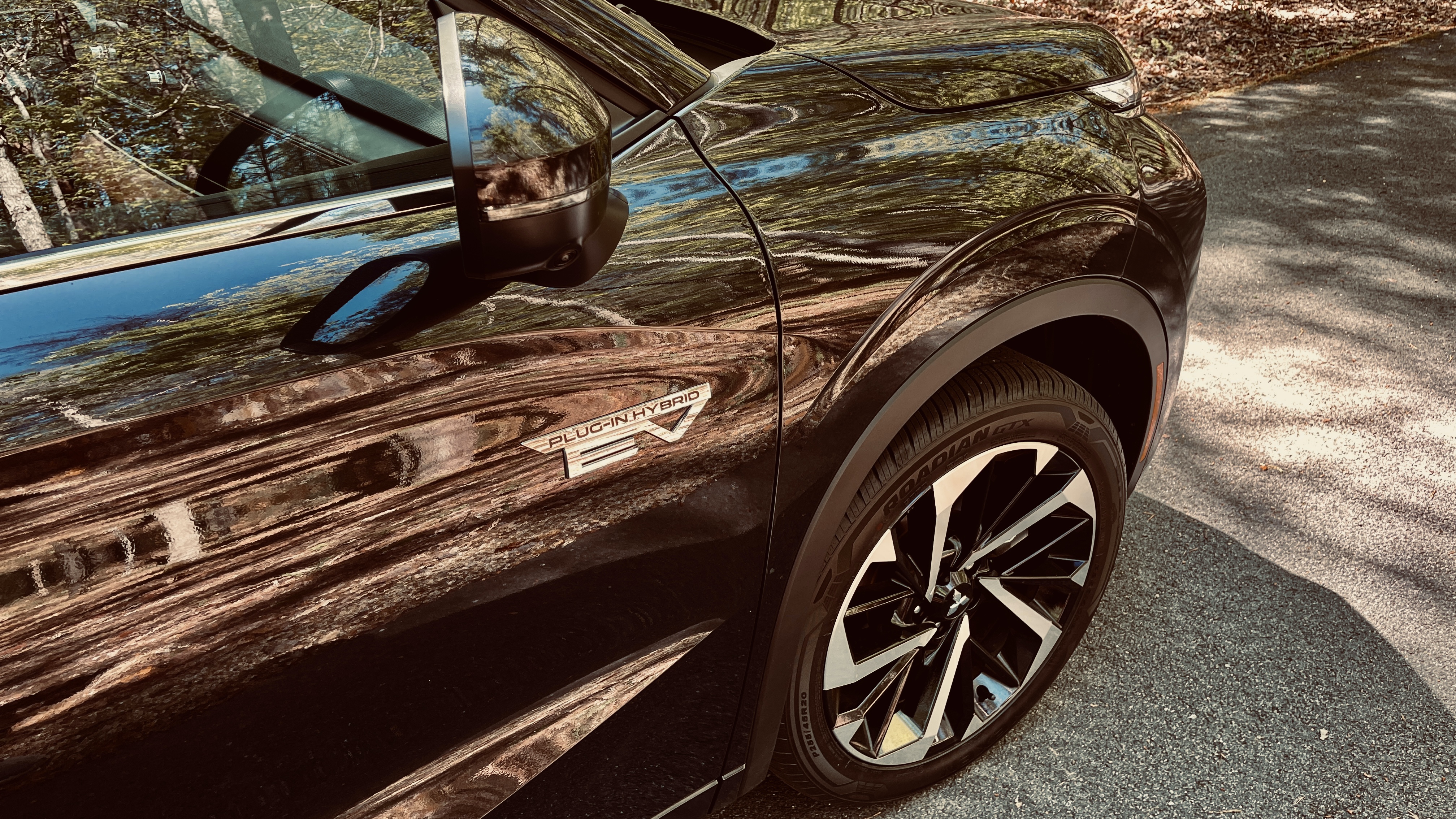Hello All - I accumulated a some notes concerning the 2023 Outlander PHEV “Innovative Pedal” feature, which I would like to share with other owners for their input as well.
For benefit of new owners who are not familiar with Innovative Pedal, commonly know as “Single Pedal” driving, it allows the EV’s accelerator pedal to function as both an accelerator and a brake as well.
When driving with Outlander’s Innovative Pedal feature selected on the console, as you let off the accelerator at any speed, the car will slow almost to a stop avoiding the use of the brake pedal. The further you let off the accelerator, the faster and quicker the car comes to almost a stop. This is accomplished by using the Outlanders drive motors as generators, to generate large amounts of energy as high as 40 kw, which is then stored in the battery.
Once the Outlander is slowed to around 5 mph using regen, the pedal feature pauses and the EV begin a crawl somewhat like a conventional automatic transmission. Innovative Pedal can very helpful in stop and go traffic since you’ll seldom need the brake pedal. While most owners prefer that Innovative Pedal bring the car to a complete stop, Mitsubishi claims by allowing the car to creep, makes it easier to maneuver in tight quarters and parking.
While I generally do not use Innovative Pedal since it actually reduces range, I decided to try the Innovative feature on a trip to town. After charging the battery, as I sped up to 45 mph then let off the accelerator and much to my surprise, I could both feel and hear the cars disk brakes engage to slow the car down. I also noticed there was little regen created as well, confirming the car had to be using the service brake.
To document my findings, the next day I fully charged again then slowly coasted to the end of my driveway then measured brake disk temperature at 83 degrees. I then sped up to 40 mph and released the accelerator until the car was in a crawl. I did this three more times in a 1/2 mile stretch then measured the front disk temperature again and it rose to 183 degrees, confirming that Innovative Pedal was definitely stopping the car primarily using the service brakes.
My test confirmed that Innovative Pedal has the ability to use different amounts of regen blended with the brakes if needed to avoid over-charging the HV battery. Somewhat like Outlanders B3-B5 regen during high SOC, where it starts the engine then uses the starter motor to spin the engine to dissipate regen energy when the battery is full, Innovative Pedal also reverts to alternative methods to avoid over-charging a full battery.
https://www.outlanderforums.com/threads/outlander-b3-5-engine-spin-up-protocol-mike-mas.547/
Typical activity of Innovative Pedal with average SOC, is when the accelerator pedal is fully released say at 50 mph, it can generate up 40 kw of current, almost 12 times higher than Outlanders level 2 charging.
However, when the HV battery is at or near full charge, the BMS then limits regen to around 5 kw. The other 35 kw of the energy is then consumed by the service brakes and wasted as heat. As the HV battery discharges more and more to make room for the regen, service brakes are avoided and 100% of the drive motors regen is then captured in the HV battery for use at a later time.
For general driving, owners should avoid Innovative Pedal or high B3-B5 regen, since it will cost you range for the convenience of quick stops from regen. While pedal regen is fine to use in slow stop & go traffic, using Innovative Pedal for high sped general driving wastes considerable battery energy.
The reason single pedal and Innovative Pedal wastes energy, is because it’s over reactive and erratic in use. There’s no real neutral for coasting, it’s like a switch, it’s either on or off, you’re either accelerating or braking and never coasting. You lose the ability for a smooth transition between power and braking. In other words, if you need 10-40 kw of regen to stop your car “then you are simply waiting to long to let off the accelerator”.
Regards - Mike
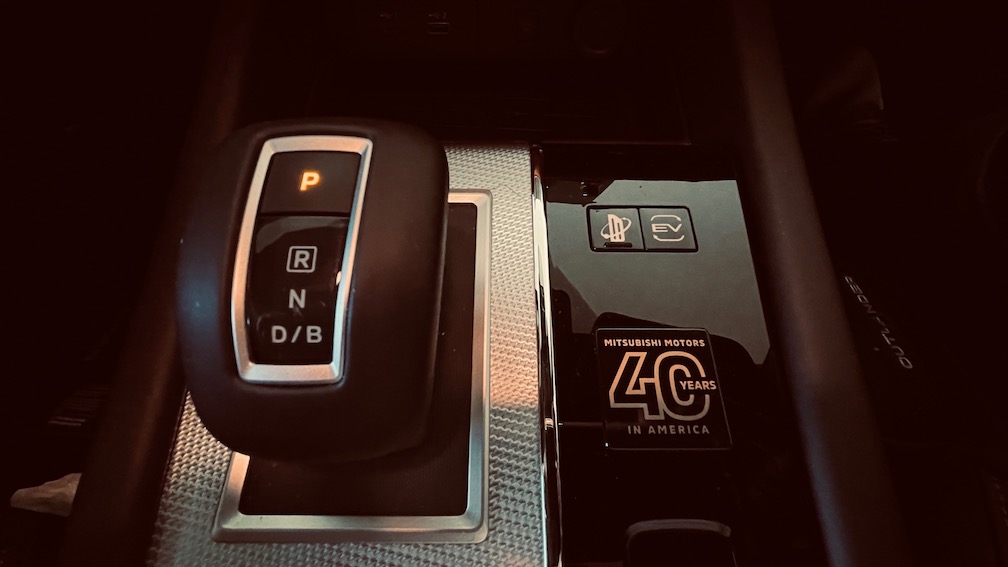
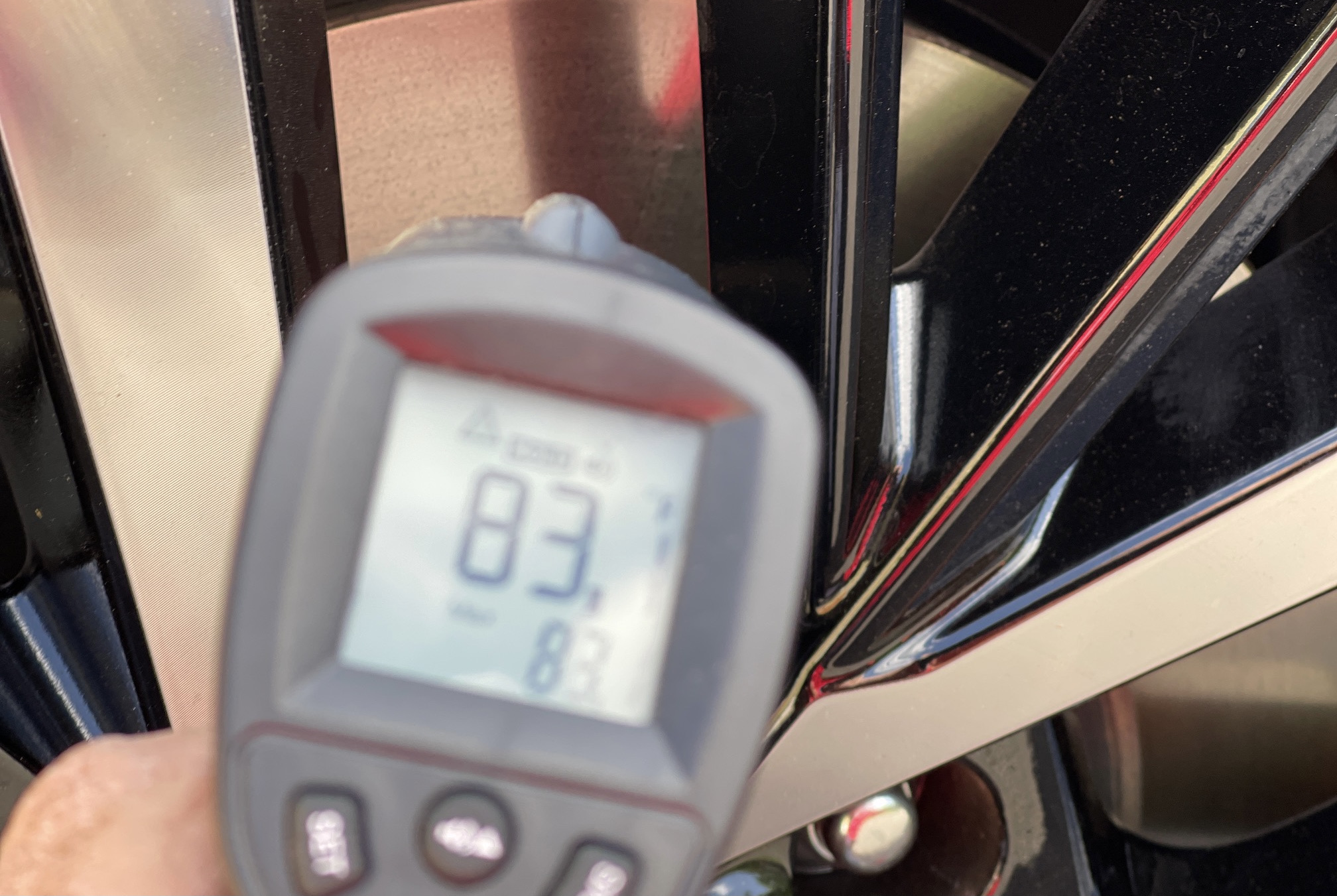
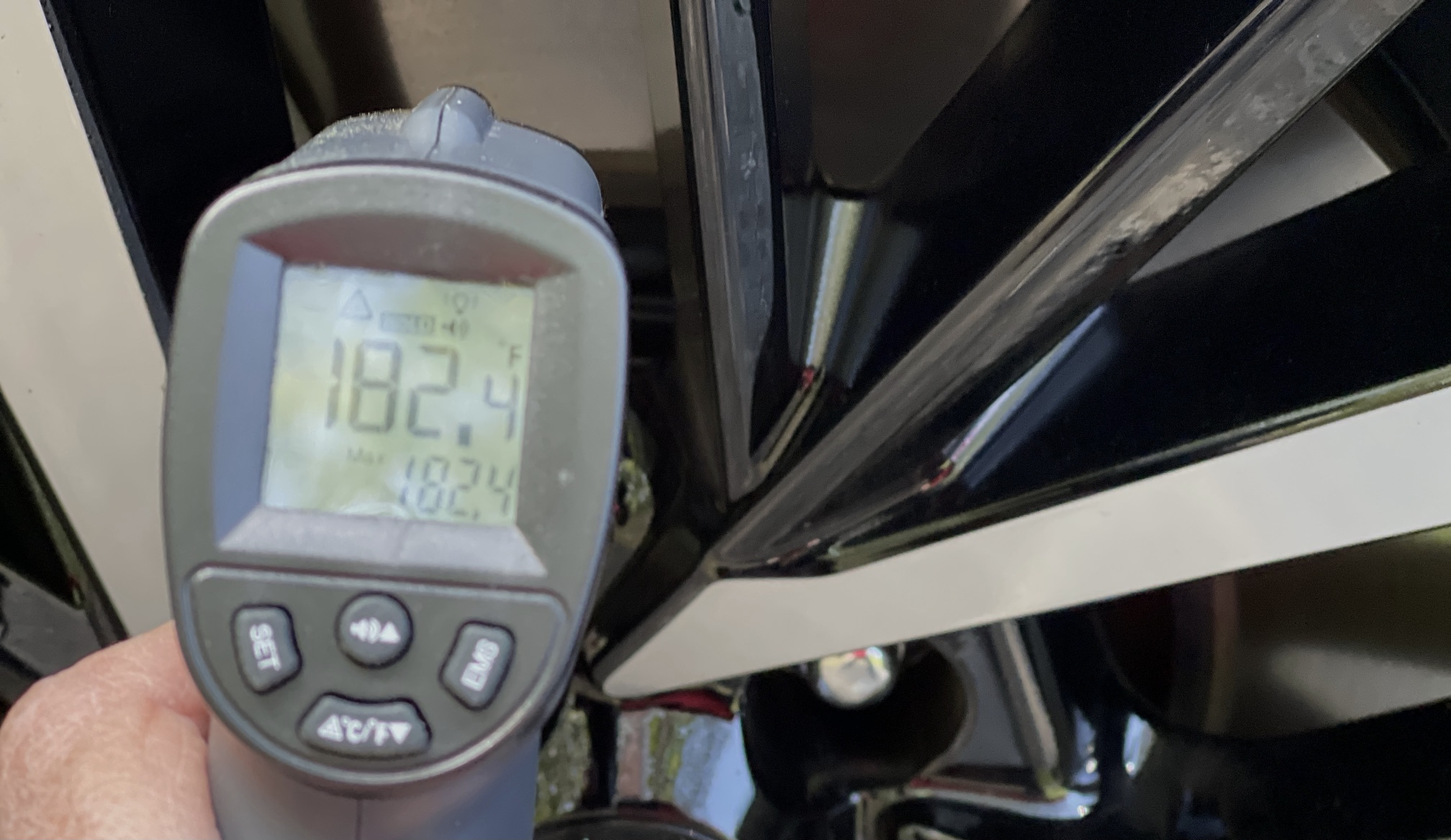
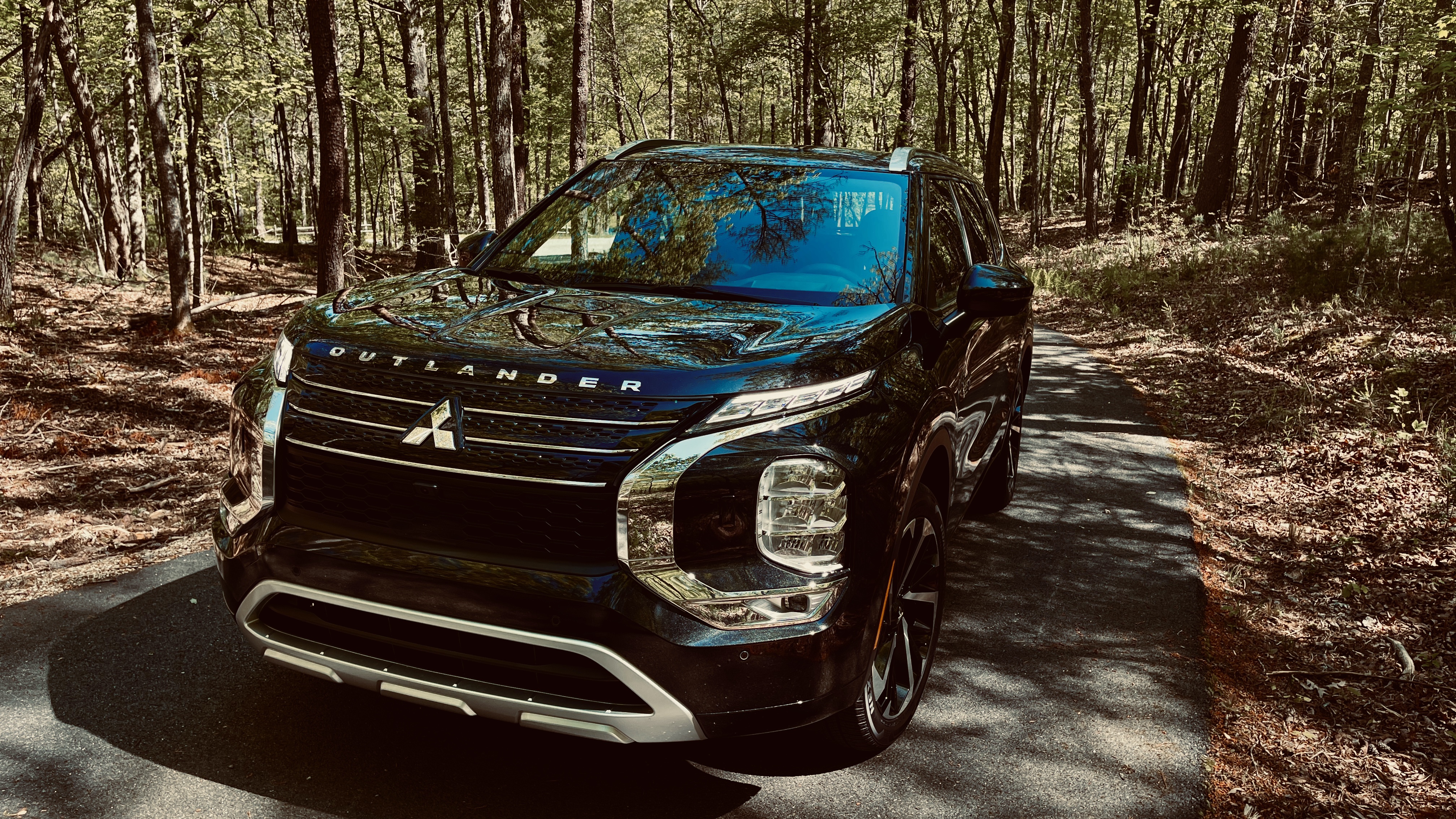
For benefit of new owners who are not familiar with Innovative Pedal, commonly know as “Single Pedal” driving, it allows the EV’s accelerator pedal to function as both an accelerator and a brake as well.
When driving with Outlander’s Innovative Pedal feature selected on the console, as you let off the accelerator at any speed, the car will slow almost to a stop avoiding the use of the brake pedal. The further you let off the accelerator, the faster and quicker the car comes to almost a stop. This is accomplished by using the Outlanders drive motors as generators, to generate large amounts of energy as high as 40 kw, which is then stored in the battery.
Once the Outlander is slowed to around 5 mph using regen, the pedal feature pauses and the EV begin a crawl somewhat like a conventional automatic transmission. Innovative Pedal can very helpful in stop and go traffic since you’ll seldom need the brake pedal. While most owners prefer that Innovative Pedal bring the car to a complete stop, Mitsubishi claims by allowing the car to creep, makes it easier to maneuver in tight quarters and parking.
While I generally do not use Innovative Pedal since it actually reduces range, I decided to try the Innovative feature on a trip to town. After charging the battery, as I sped up to 45 mph then let off the accelerator and much to my surprise, I could both feel and hear the cars disk brakes engage to slow the car down. I also noticed there was little regen created as well, confirming the car had to be using the service brake.
To document my findings, the next day I fully charged again then slowly coasted to the end of my driveway then measured brake disk temperature at 83 degrees. I then sped up to 40 mph and released the accelerator until the car was in a crawl. I did this three more times in a 1/2 mile stretch then measured the front disk temperature again and it rose to 183 degrees, confirming that Innovative Pedal was definitely stopping the car primarily using the service brakes.
My test confirmed that Innovative Pedal has the ability to use different amounts of regen blended with the brakes if needed to avoid over-charging the HV battery. Somewhat like Outlanders B3-B5 regen during high SOC, where it starts the engine then uses the starter motor to spin the engine to dissipate regen energy when the battery is full, Innovative Pedal also reverts to alternative methods to avoid over-charging a full battery.
https://www.outlanderforums.com/threads/outlander-b3-5-engine-spin-up-protocol-mike-mas.547/
Typical activity of Innovative Pedal with average SOC, is when the accelerator pedal is fully released say at 50 mph, it can generate up 40 kw of current, almost 12 times higher than Outlanders level 2 charging.
However, when the HV battery is at or near full charge, the BMS then limits regen to around 5 kw. The other 35 kw of the energy is then consumed by the service brakes and wasted as heat. As the HV battery discharges more and more to make room for the regen, service brakes are avoided and 100% of the drive motors regen is then captured in the HV battery for use at a later time.
For general driving, owners should avoid Innovative Pedal or high B3-B5 regen, since it will cost you range for the convenience of quick stops from regen. While pedal regen is fine to use in slow stop & go traffic, using Innovative Pedal for high sped general driving wastes considerable battery energy.
The reason single pedal and Innovative Pedal wastes energy, is because it’s over reactive and erratic in use. There’s no real neutral for coasting, it’s like a switch, it’s either on or off, you’re either accelerating or braking and never coasting. You lose the ability for a smooth transition between power and braking. In other words, if you need 10-40 kw of regen to stop your car “then you are simply waiting to long to let off the accelerator”.
Regards - Mike





